I've been kinda quite on this thread since it seems that you and many guys would rather spend a lot of money than a lot of time. However, I'm with James W here as I have built my own wiring harnesses for many years. The advantages have been well documented here but I will add a few.
If you are adding lots of accessories even the high zoot kits will need some additional help to get what I consider proper power distribution.
This fuse panel is directly below my glove box and protects the power windows, power mirrors and door locks, alarm system, antenna, radio, Sirius XM, heater blower, AC system, instrument lights,
B/U lights, wipers, power lumbar pumps, turn sigs, E-flasher, cruise control, and three power points.
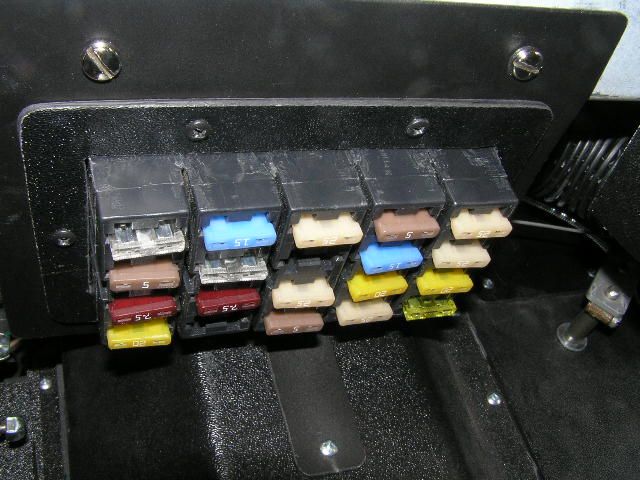
If a circuit should get into trouble, it should not cause failure of other equipment or cause a meltdown.
One of the things I absolutely believe in is removing load from the stock switches. The ignition switch originally carried all of the accessory load through a single set of contacts. The newer cars have stacked switches with many contacts dividing the load but that's not easily done in a classic so I do the next best thing.
On my 66 with EFI I built a custom power distribution box that provides "Always Hot" power through a fused circuit to the cabin, two relay switched 40amp accessory circuits, fused and relay switched head lights and horn, and all of the usual EFI relays and protected power circuits. This box was built using common parts from suppliers I have found on the web. Yes it's ugly and I plan to do something nicer some winter. It does have a cover that makes it a bit prettier.

The neatest thing about the DIY approach is that you can make it fit your needs and run the wires where you desire...not where Lee though they should go.
The main legs of my forward harness run under the fenders and just poke through where needed. The engine harness comes through the f-wall directly behind the engine. All of this goes a long way toward keeping the engine compartment less cluttered.
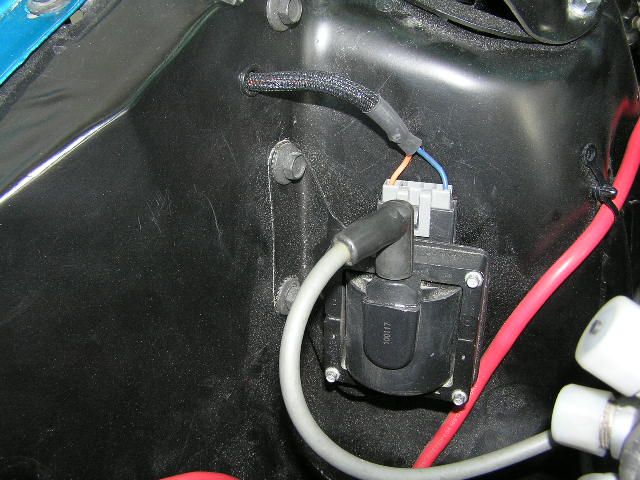
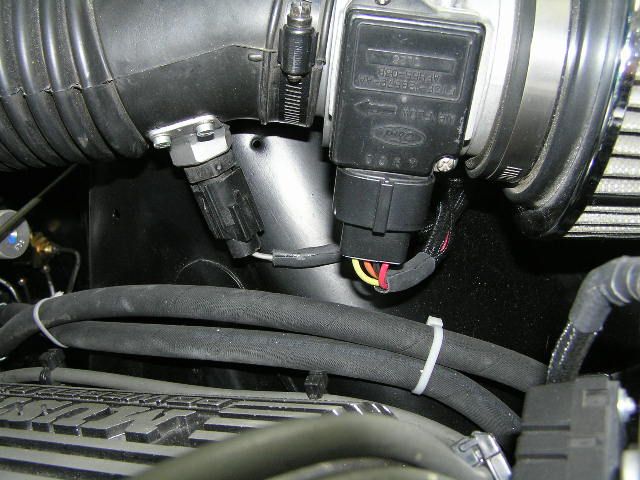
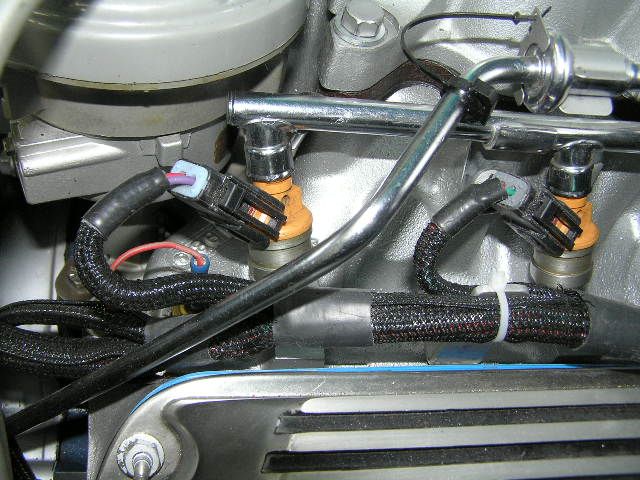
It isn't show quality and never will be. But, one of my friends said, "it looks like it came from the factory that way." Good enough for me.
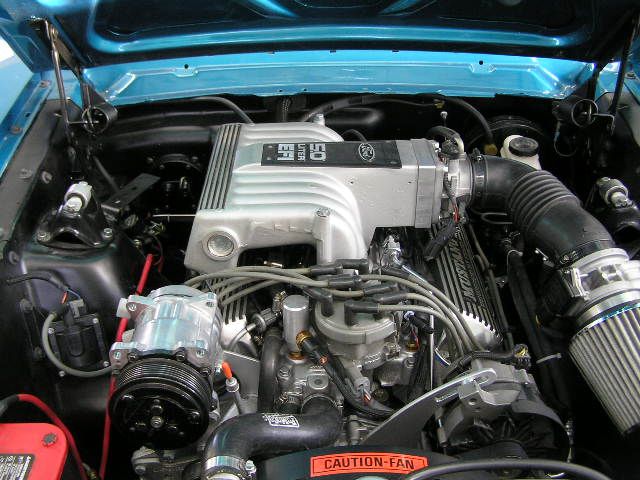
If you should decide to go it alone I'll be happy to provide a list of suppliers as well as some things I've learned and an easy cheap way to label your wires. And speaking of wires, most guys will go to Auto Zoo or O' Really? to get wire. It will pass the current but if you plan to make solder joints you need the better stuff. I use GLX insulated wire from Allied Cable. It will take the soldering heat without melting the insulation and really isn't that much more expensve. Really pisses me off when I put on a piece of heat shrink to cover a splice, then the insulation crawls back farther than the tubing will reach. No problem with good wire.
I'm not an expert and I have learned much from James W, Wsinsley (Now theres a whizz), Bob E and others here. And I'm sure that if you decide to DIY you can find plenty of help here. If you are just going with EFI and otherwise stock, you can do your own forward harness that will plug & play pretty easy and it will have more features, better circuit protection, will fit the car better, cure some of the know stock problems, and likely be cheaper than anything you could buy. And...you'll learn that warin' ain't nuthin' to be skeered of. If you don't already know that.
Just sayin'.
BB


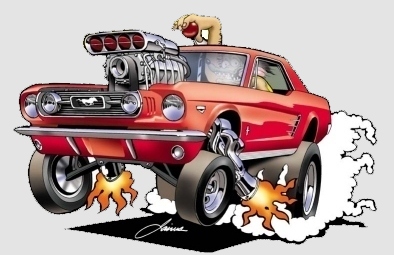








 Bullet Bob wrote:
Bullet Bob wrote:
